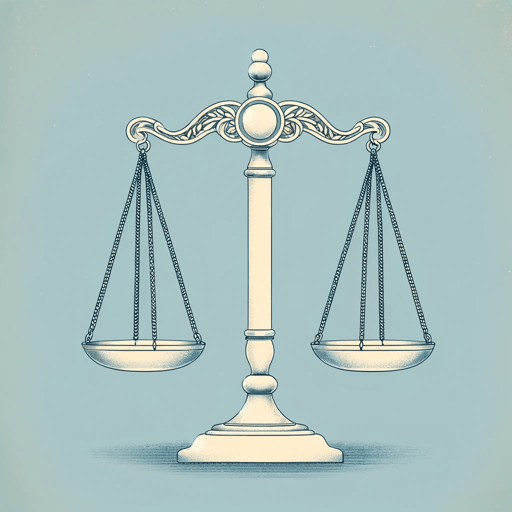45 pages • 1 hour read
Shelby SteeleWhite Guilt: How Blacks and Whites Together Destroyed the Promise of the Civil Rights Era (P.S.)
Nonfiction | Book | Adult | Published in 2006A modern alternative to SparkNotes and CliffsNotes, SuperSummary offers high-quality Study Guides with detailed chapter summaries and analysis of major themes, characters, and more.
Part 4, Chapters 25-26Chapter Summaries & Analyses
Part 4: “Dissociation and Culture”
Chapter 25 Summary: “The Counterculture Establishment”
This short chapter returns to the Clinton-Lewinsky scandal, presenting the outcome in light of the counterculture of the late 1960s. Steele repeats his theory of moral relativism, arguing the president survived the sex scandal, but would not have survived charges of racism.
Steele also reiterates his idea that White guilt placed more value on social morality than individual morality. Clinton’s personal moral failings were deemed unimportant compared to societal evils. The prioritization of social morality gave the president license to disregard his individual morality. What mattered was human equality and feeding the poor—not an extramarital affair. The decreasing importance of individual morality after the civil rights era helped usher in the sexual revolution of the 1970s and the new age of social morality. Indeed, White guilt allowed people to feel virtuous even as they broke sexual taboos. By the time of Clinton’s presidency, the counterculture had become the establishment.
Chapter 26 Summary: “A Culture War”
Chapter 26 addresses the chasm between American liberals and conservatives. The culture war began when leftists responded to the crisis of White guilt by defining social virtue as dissociation. Dissociation can only be achieved at the expense of the “culture of principle”—democratic principles and demanding values rooted in individual responsibility and fairness.


